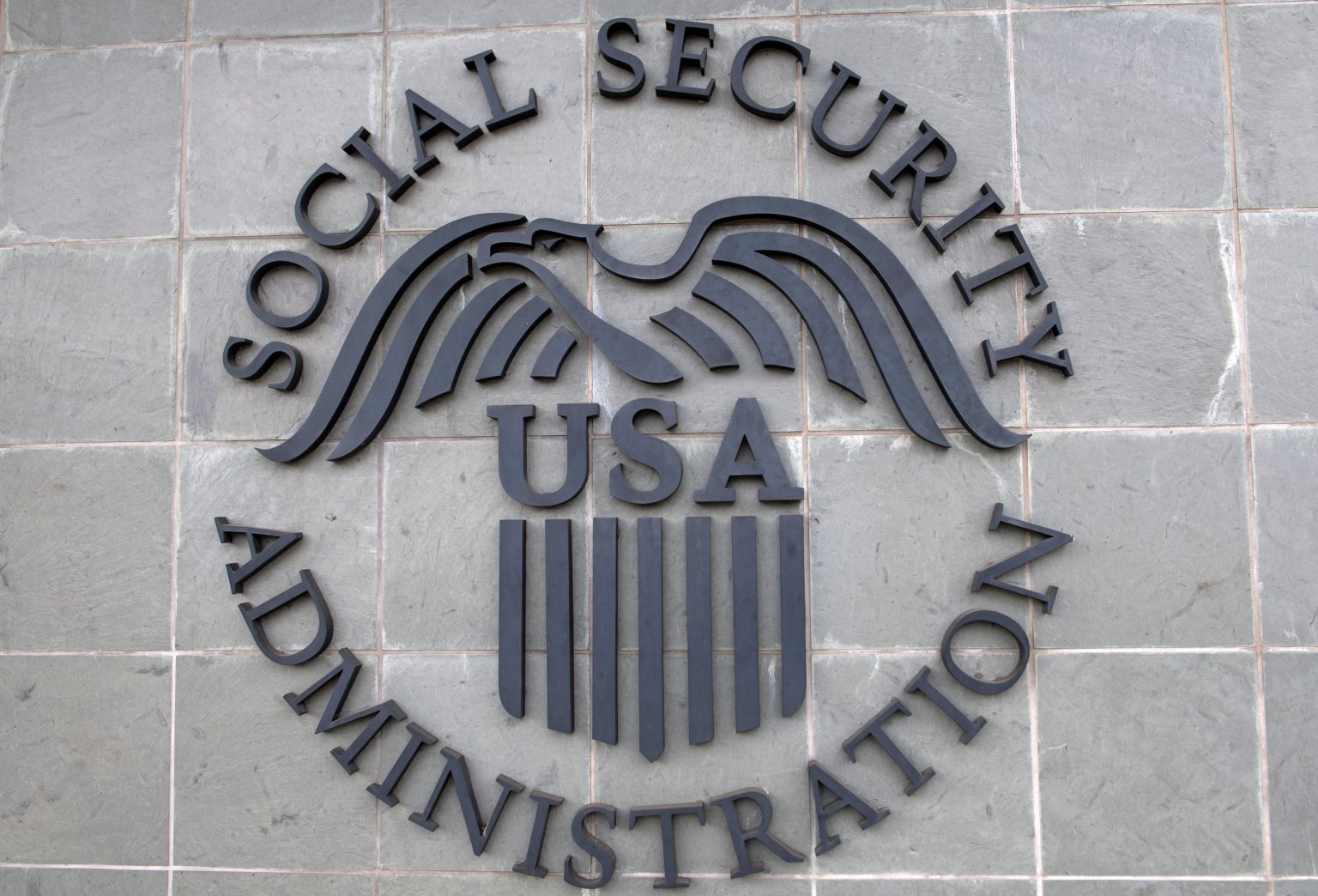Beneficiaries of the Supplemental Security Income (SSI) program will experience significant changes this month as the Social Security Administration (SSA) implements updates to the program. SSI provides benefits to children and adults living with disabilities who earn below a certain threshold annually. The rules governing how benefits are calculated and eligibility criteria have evolved over the years. The SSA is introducing changes to the policy surrounding rental subsidies, including a revised definition of public assistance households, and updates on how food assistance is factored into beneficiaries’ support. Previously, food assistance from friends and family was considered in benefit calculations, but this will no longer be the case, potentially resulting in an increase of $131 for over 90,000 SSI recipients.
According to Alex Beene, a financial literacy instructor at the University of Tennessee at Martin, these changes are predominantly positive, as they are expected to broaden the number of Americans qualifying for benefits and increase the average monthly payment received by many. One notable change is the exclusion of food assistance from friends, family, and community resources in benefit calculations, potentially leading to larger benefit checks for existing recipients and expanding aid eligibility to individuals who previously did not qualify. Currently, around 7.5 million individuals rely on SSI each month, with the maximum individual benefit set at $943 and couples eligible for $1,415, subject to various determining factors.
Another significant adjustment to Social Security pertains to the rental subsidy, which will now be more consistent nationwide. Approximately 41,000 individuals will see an increase of $132 in their monthly payments due to this change. Kevin Thompson, a finance expert and the CEO of 9i Capital Group, deems this modification as a welcome relief, alleviating the burdensome complexities and outdated policies that have historically plagued the SSI system. Furthermore, the streamlined qualification process for public assistance households is anticipated to result in higher benefit amounts for beneficiaries, with Commissioner of Social Security, Martin O’Malley, asserting that these policy revisions will facilitate more individuals in accessing crucial SSI benefits.
While recipients benefit from the updated Social Security policies this month, they are not without criticism or future challenges. Thompson raises concerns about the long-term sustainability of the system, emphasizing the need for comprehensive overhauls to ensure continued support for beneficiaries. The announcement of the next year’s payment adjustment, known as the cost-of-living adjustment (COLA), will be made on October 10, with predictions of a potential increase of up to 2.5 percent. The SSA calculates this adjustment based on the consumer price index annually. Future COLA adjustments in 2024 and 2025 are projected to be lower due to changing inflation rates, highlighting the potential volatility in benefit amounts in the coming years.
In conclusion, the changes implemented by the SSA to the SSI program this month aim to enhance accessibility and financial support for beneficiaries, offering updates to benefit calculations, rental subsidies, and public assistance household definitions. While these alterations are poised to positively impact many recipients in the short term, concerns about the system’s long-term sustainability and future benefit reductions persist. As the SSA works to modernize and expand its policies, the overarching goal remains to provide crucial support to individuals living with disabilities and help alleviate financial burdens for those reliant on SSI benefits.








